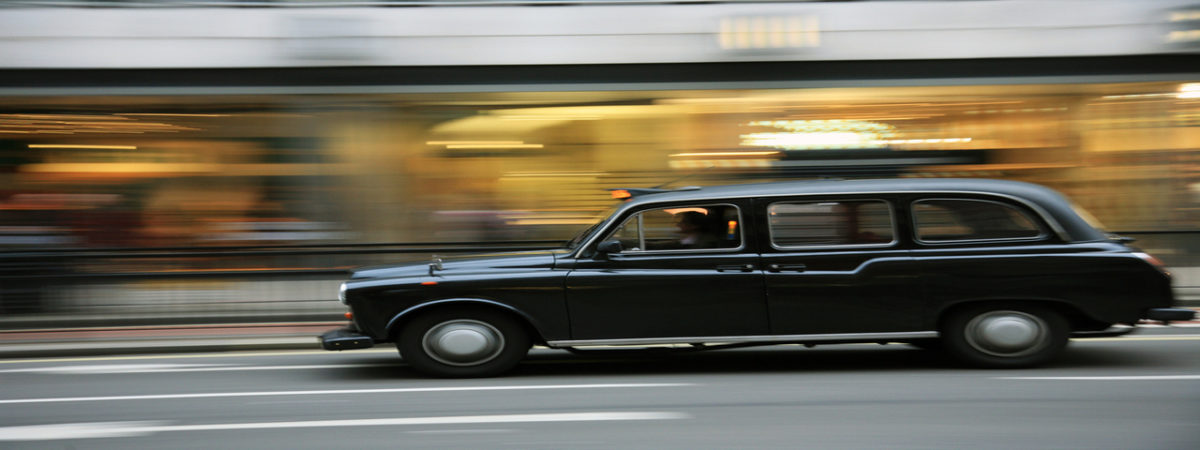Rip out 80% of traffic lights to boost economy & road safety
SUGGESTED


Reaction to European Commission's proposals on tax evasion

Too many traffic lights are a waste of money
New figures uncovered by the Institute of Economic Affairs have found that:
- The number of traffic lights in England has increased by 25% since 2000. By comparison, vehicle traffic rose by 5%, and the length of the road network by just 1.3% in the same period.
- Britain’s first speed camera was installed in 1992. By 2012 there were estimated to be over 3,000 camera housings at 2,300 fixed sites.
Not only is a majority of traffic regulation damaging to the economy, it also has a detrimental effect on road safety and the environment, whilst imposing huge costs on road-users and taxpayers across the UK.
In a new report, authors Martin Cassini and Richard Wellings demonstrate the negative social and economic effects of the government’s traffic management strategy, and argue for policies that harness voluntary cooperation among road-users. Using case-studies from around Britain, in conjunction with evidence from successful schemes in both Holland and Germany, they estimate that approximately 80% of traffic lights could be ripped out in the UK.
The economic importance of our road network cannot be underestimated. Carrying 90% and 70% of our road and freight traffic respectively, driving is also the second largest area of consumer spending, reflecting the vital role of roads in providing access to work, leisure and retail opportunities. Faster journeys would also lower the costs of trade, facilitating competition and enhancing innovation and productivity.
The proliferation of traffic controls:
- Since their introduction in the early 1980s, the number of speed humps has risen to 60,000
- In London, bus lanes almost trebled from 59 miles in 1997 to 172 miles in 2007.
- Over 300,000 new road signs denoting parking restrictions appeared between 1993 and 2013, an increase of over 840%
- In the same period, signs indicating cycle routes grew by 1175%, whilst the number of speed limit road signs in England increased to over 440,000, a rise of nearly 100%.
Economic consequences: Longer journey times reduce job opportunities within reasonable travelling distance. This effect on labour mobility reduces economic output by increasing unemployment and reducing the area in which people can reasonably work.
Environmental consequences: Despite environmentalism being a driving justification behind the growth of traffic management, there have been serious environmental costs. Traffic lights add to fuel consumption as drivers brake and accelerate, increasing emissions, noise pollution and harmful health effects. And a shift to public transport delivers few gains if motorists shift to noisy and polluting diesel buses, or if energy-intensive new rail infrastructure forms part of the policy package.
The Alternative: An alternative approach can deliver many of the desired objectives – such as road safety – without the colossal costs. “Shared space” removes conventional traffic infrastructure, such as traffic lights, road markings and bollards. Evidence demonstrates that when regulations are removed, including the unfair rules that give some vehicles priority over others, drivers behave with more consideration to other road users, improving safety and allowing traffic to flow more smoothly.
Case studies:
- In Ashford, there was a 41% fall in injury accidents in the first three years after such a scheme was introduced. Congestion has fallen, and there have been reductions in noise and air pollution as vehicles proceed much more smoothly.
- In Portishead, when traffic lights failed in June 2009, traffic jams disappeared. A formal trial then began, resulting in a dramatic fall in congestion and journey times.
- In Poynton, the scrapping of traffic lights, railings, signage and bollards, combined with a reduction in multi-lane approached to single lanes brought all-round benefits. Outside rush-hours, journey times and delays have fallen, whilst overall accident rates have dropped by 70%, and there have been no serious injuries. A more attractive streetscape has also brought regeneration; instead of empty premises there is now a waiting list of applicants.
Commenting on the report, Dr Richard Wellings, Head of Transport at the Institute of Economic Affairs, said:
“For too long policymakers have failed to make a cost-benefit analysis of a range of regulations – including traffic lights, speed cameras and bus lanes – making life a misery from drivers nationwide. It’s quite clear that traffic management has spread far beyond the locations where it might be justified, to the detriment of the economy, environment and road safety.
“The evidence of shared space schemes shows the transformational benefits of less regulated approach, whilst the removal of a high proportion of traffic lights would deliver substantial economic and social benefits”
Notes to editors:
To arrange an interview with an IEA spokesperson, please contact Stephanie Lis, Director of Communications: slis@iea.org.uk or 07766 221 268.
The full report, Seeing Red: Traffic Controls and the Economy, by Martin Cassini and Richard Wellings, can be downloaded here
The mission of the Institute of Economic Affairs is to improve understanding of the fundamental institutions of a free society by analysing and expounding the role of markets in solving economic and social problems.



